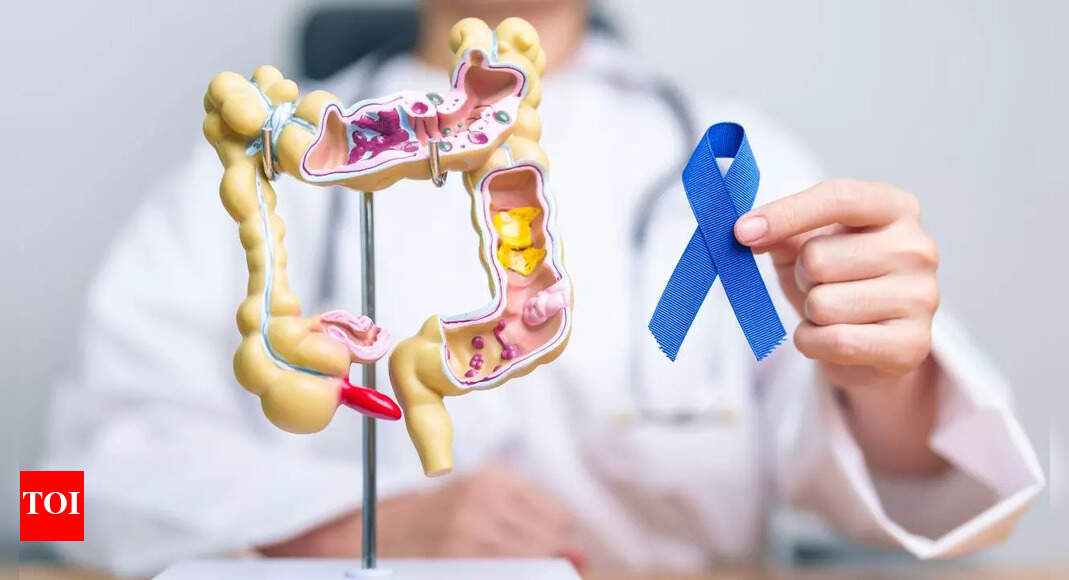Dolby Laboratories gas announced Dolby Vision 2, an evolution of its picture quality innovation. Hisense is the first TV brand to announce it will bring Dolby Vision 2 to its lineup of televisions, such as RGB-MiniLED TVs. This is complemented by the French media company Canal+, which has also announced its commitment to support Dolby Vision 2.
Dolby Vision 2 is designed specifically to meet the evolving opportunities of modern television experiences, serving as one piece of Dolby’s broader mission to advance picture quality across all entertainment and devices, from the biggest to smallest screens.
“We’ve reached an inflection point where TV technology has dramatically changed while artists continue to demand even more innovative tools,” said John Couling, Senior Vice President, Entertainment at Dolby Laboratories. “Dolby Vision 2 redefines how we think of Dolby Vision to unleash the full capabilities of modern TVs while giving artists unprecedented opportunities to push their creative boundaries further than ever before.”
Next-Gen Dolby Image Engine
Dolby Vision 2 is powered by a redesigned and more powerful image engine. This new engine, when combined with Dolby Vision’s content ecosystem, unlocks even more out of TVs. This is fueled by a content pipeline spanning some of today’s most popular movies and TV shows, weekly live sports broadcasts, and an expanding library of games, all in Dolby Vision.
Content Intelligence introduces new tools to better bridge the creative suite to the viewer’s living room. This foundation allows Dolby Vision 2 to authentically and automatically optimise TVs to deliver a “more captivating” picture based on what is being watched. And with AI capabilities, Dolby Vision 2 will intelligently adapt to give the best presentation of the content fine-tuned to each device and viewing environment.
Content Intelligence includes:
- Precision Black reduces consumer frustration that the image is ‘too dark’ by making it crystal clear and improving clarity in any viewing environment without compromising artistic intent.
- Light Sense fine-tunes picture quality through advanced ambient light detection and new reference lighting data from the content source to optimise TVs for the ideal viewing experience.
- Sports and Gaming Optimisation introduce new enhancements such as white point adjustments and motion control designed specifically to address the unique needs of live sports and gaming.
Building on Content Intelligence, Dolby Vision 2 introduces new tone-mapping that takes advantage of modern TV improvements. With bi-directional tone mapping, creators now have new controls that let them make the most of these enhanced displays. This allows high-performance TVs to deliver higher brightness, sharper contrast, and deeply saturated colours.
Going Beyond HDR
Dolby Vision 2 expands the capabilities of Dolby Vision beyond HDR. This includes features such as Authentic Motion, a creative driven motion control tool to make scenes feel more authentically cinematic without unwanted judder on a shot-by-shot basis.
Dolby Vision 2 will be available in two product tiers from TV manufacturers.
- Dolby Vision 2 Max delivers the best picture on the highest performing TVs, adding additional premium features designed to utilise the full capabilities of these displays.
- Dolby Vision 2 brings improved picture quality to mainstream TVs, delivering the core next-generation capabilities made possible through the new Dolby Image Engine and Content Intelligence.
Hisense will be the first TV brand to introduce Dolby Vision 2 to its lineup. These TVs will be powered by MediaTek Pentonic 800 with MiraVision Pro PQ Engine, the first silicon chip to integrate Dolby Vision 2. Timing and availability will be announced at a later date.
“This represents exactly the kind of innovation Hisense customers expect from premium television experiences,” said Sonny Ming, GM of Hisense TV Product Marketing. “Dolby Vision 2 jointly with Hisense RGB-MiniLED Technology, can not only deliver dramatically astonishing picture, but also increase the potential of TVs with ultra-wide colour and ultra-high brightness, which haven’t been possible until today.”
Canal+ is the first media and entertainment group to commit to enhance its lineup – from movies and TV shows to live sport – in Dolby Vision, leveraging the latest innovation to enrich the viewing experience for its subscribers.
“This partnership with Dolby reflects Canal+’s pioneering spirit of innovation. Our commitment to delivering an unparalleled viewing experience to our subscribers remains unwavering. With the launch of Dolby Vision 2 – across movies, series, and live sports- that experience reaches breathtaking new heights. Dolby has been a valued partner for many years, and we are proud to be the first media and entertainment group to announce the integration of this new experience for our audience,” commented Stéphane Baumier, Chief Technology Officer of Canal+.







